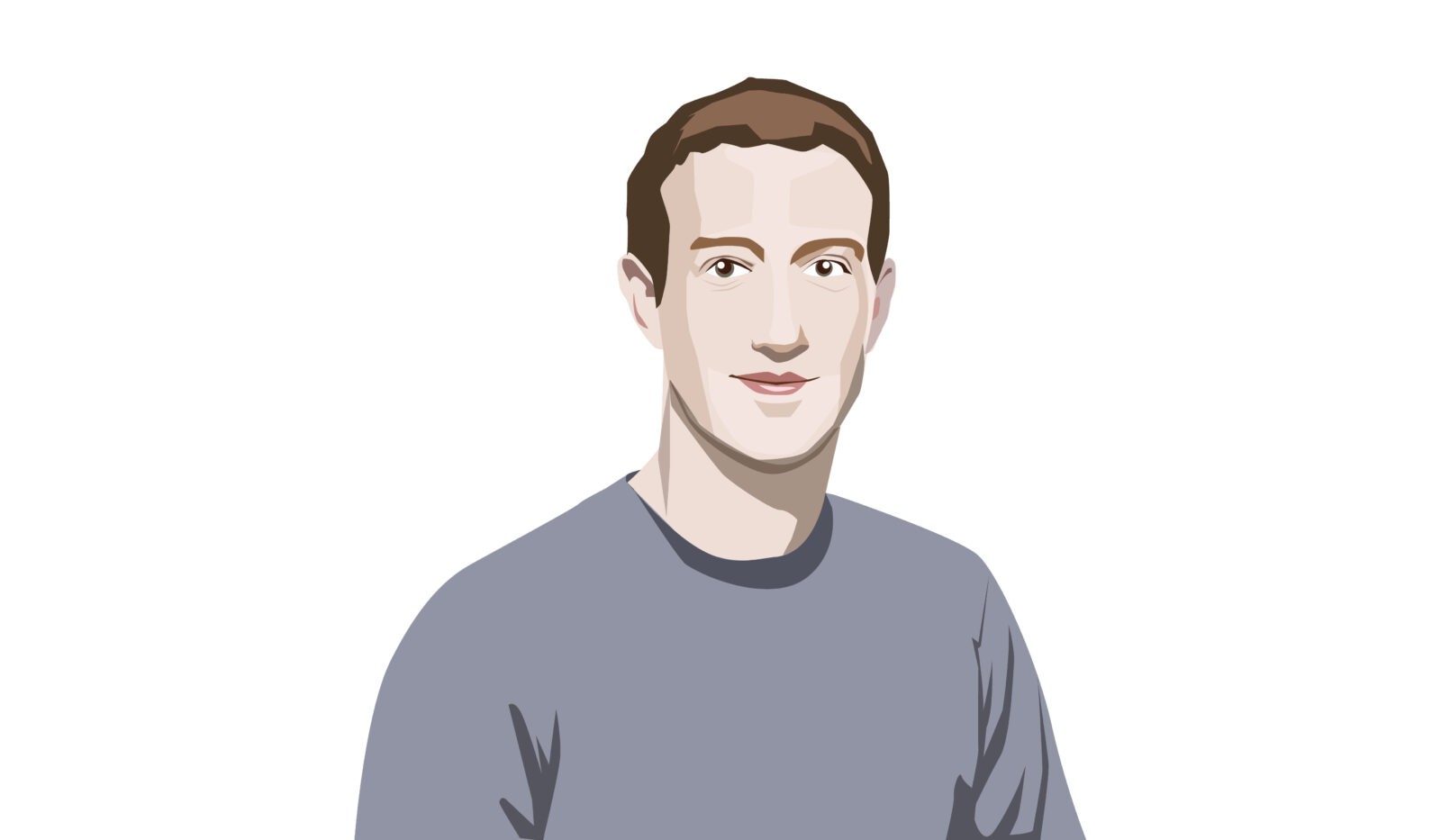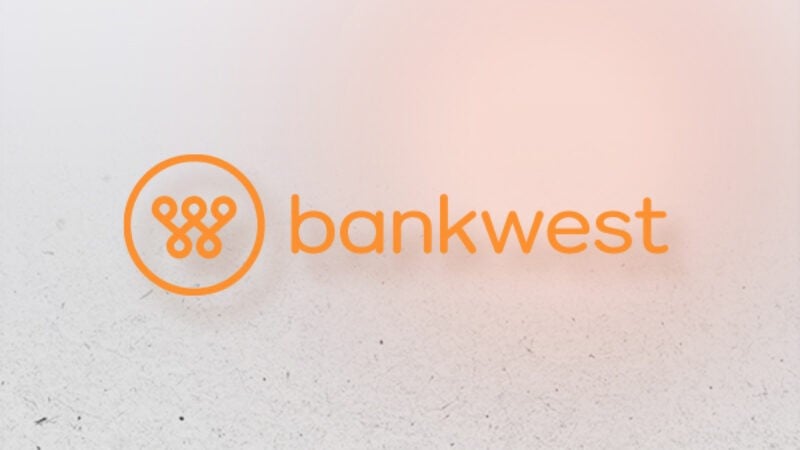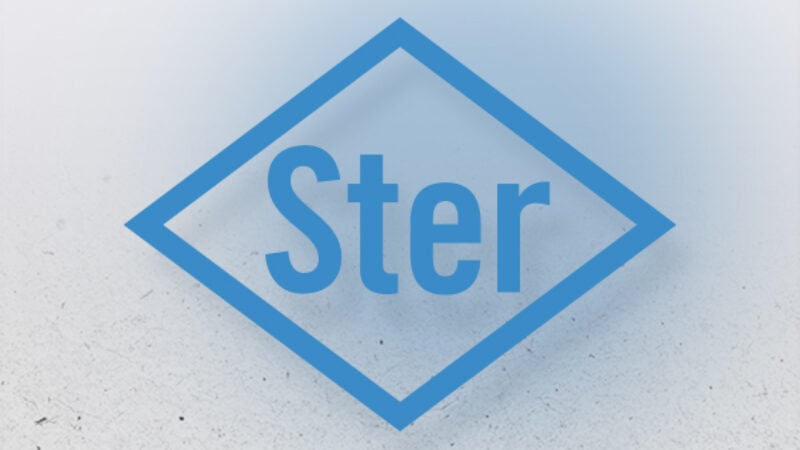Mighty easy to escape the commodity magnet?
As published in MarketingTribune on May 1, 2018. In 1992, Rangan and Bowman wrote their Harvard Business Review article on the commodity magnet: a powerful virtual magnet which, as a result of growing competition, brings along a decrease in your differentiating capacities and an increase in your cost to serve, and puts pressure on your sales price and margin. More than 25 years later, their model still stands, with a further explosion of choice options between brands and products which barely differ from each other. The simplification of consumer choices increasingly seems to bring the best options for brands to escape the commodity magnet.
Choosing is losing
It is striking to see to which extent our marketing thinking is totally adapted to choosing. Just think of the well-known AIDA model (Attention, Interest, Desire, Action), the conjuring up of an evoked set in our brain, the stimulation of a packaging’s standing out when we find ourselves in front of a supermarket shelf, the usage of comparison sites to reach the optimal choice. However, marketing models which start off from choice behavior are losing. Time is the new consumer’s scarce raw material. As the consumers’ choice options keep on multiplying, time is under increasing pressure and we are all on the look-out for ease and simplicity.
Barry Schwartz, an American psychologist, already showed that a wider offer entails choice stress, avoidance behavior and even the inclination to not make a choice at all. And that is why every single day, Marc Zuckerberg chooses the same grey t-shirt from his wardrobe, as every day this means one less choice for him to make.

Marketing to technology
The general trend is that consumers are increasingly satisficing rather than optimizing: more often, good will have to be good enough, with the growing realization that making an ideal choice is rather utopic. A growing number of apps, algorithms, AI-controlled bots and connected hardware will free consumers of various choice tasks and help them fill their satisficing needs. Once your list of favorite and frequently-ordered products has been logged in the supermarket chain’s app, there is an ease of use which in the end will lead to a higher level of loyalty towards these products and the supermarket itself. An Amazon Dash button on your washing machine means one simple push is sufficient to order more washing powder.

Complex algorithms and advanced Artificial Intelligence can get a service problem detected and solved even before it has presented itself. Therefore, marketers will need to focus more and more on the supporting technologies surrounding their products and services rather than on the products and services themselves, so as to regain the spotlight as well as to realize a lock-in effect.
Being invisible
Byron Sharp’s Penetration thinking in his marketing bestseller ‘How Brands Grow’ assumes that brands need to be put in the consumer’s spotlight, both physically and mentally, in the hope that the consumer will be seduced repeatedly to choose your brand. But choices will happen more and more behind the scenes, where the consumer will move on to choices rather implicitly, helped by technology.
So, it is not only important to increase your visibility and availability; it is equally important, as a brand, to think about how and where you can be invisible and present in the background for the consumer. Keeping in mind everyone’s privacy, of course, thinking back to the recent Facebook data scandal.
Eager for more insights on branding frameworks? Get your free download of our Brand Religion bookzine!




